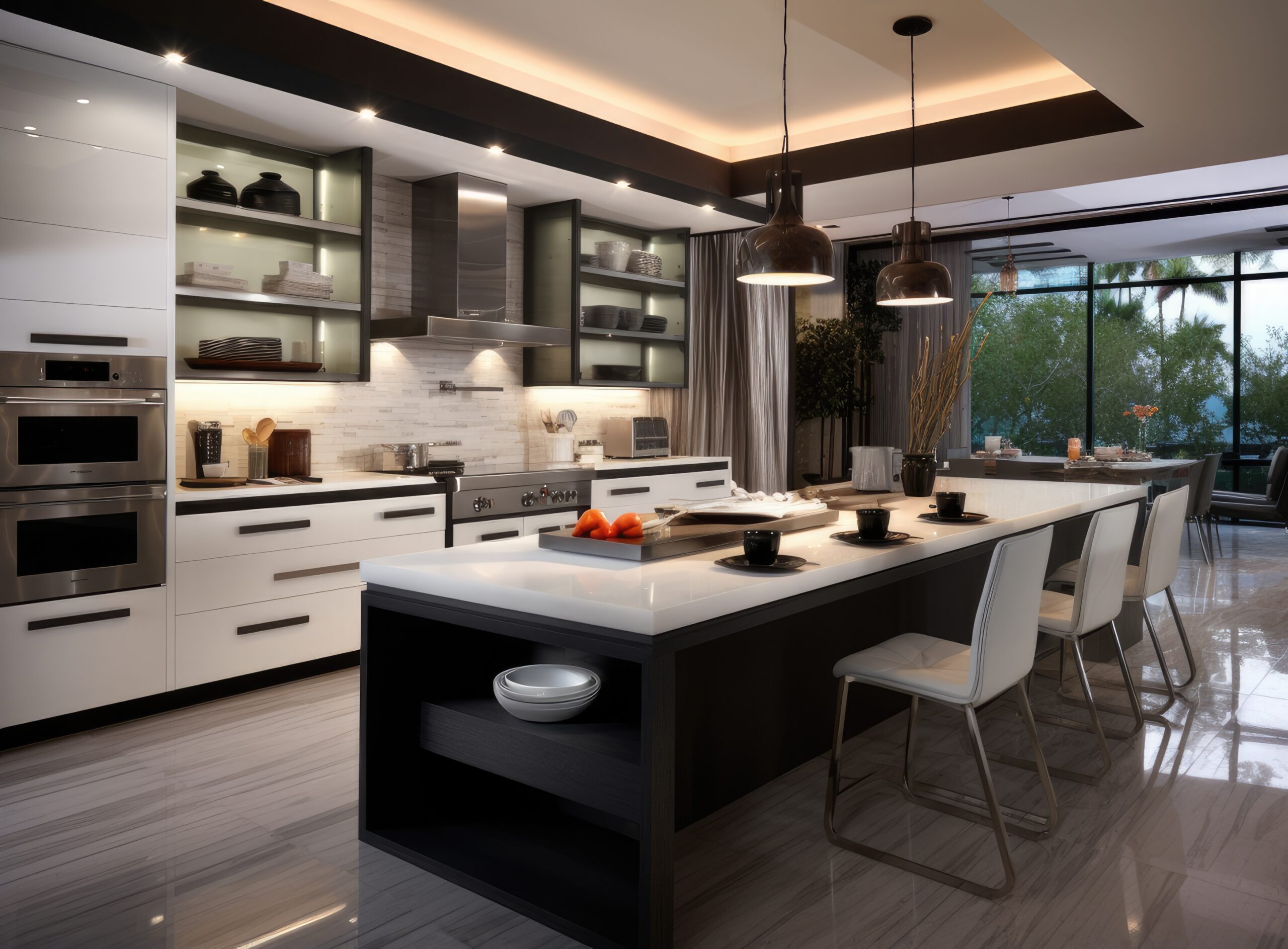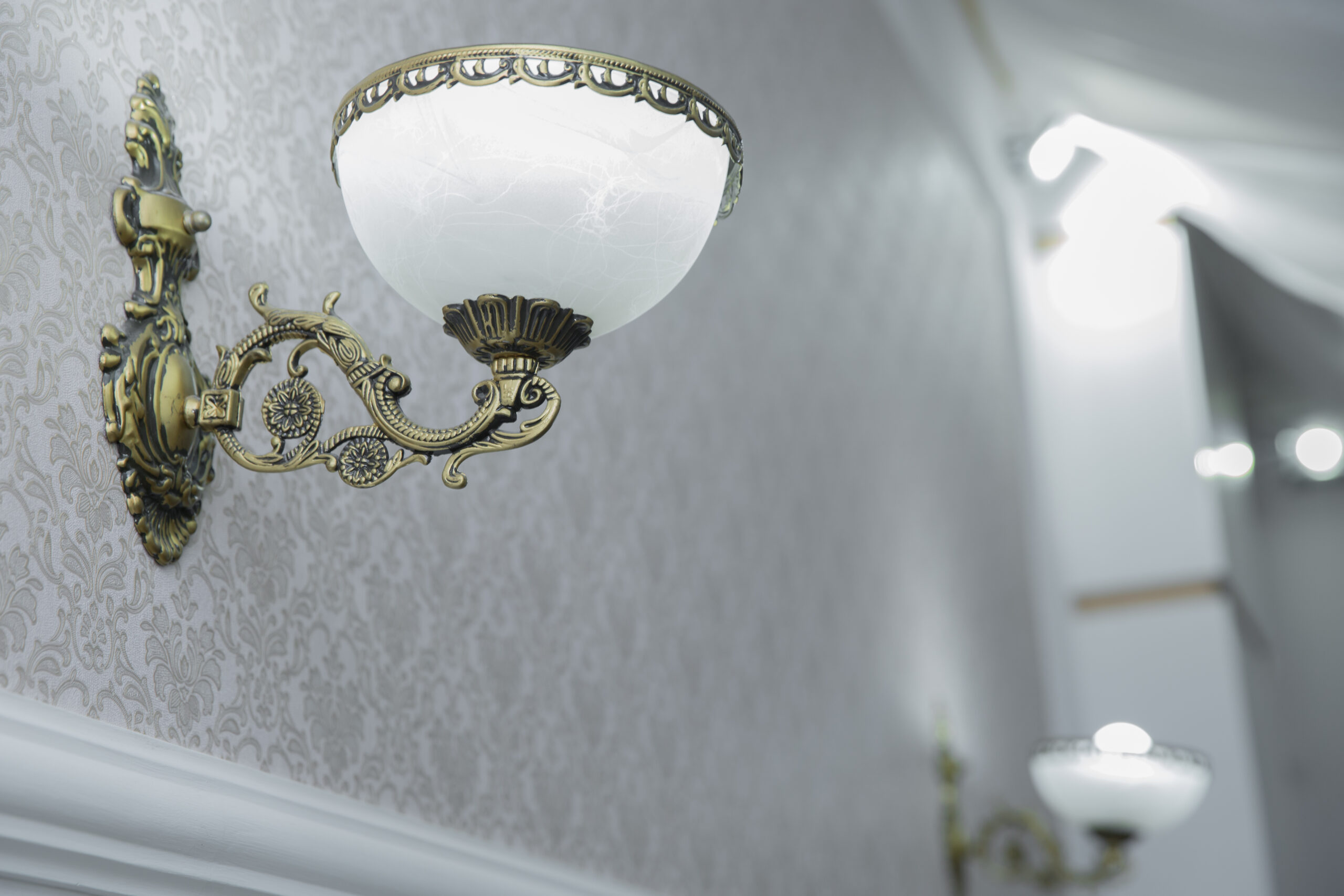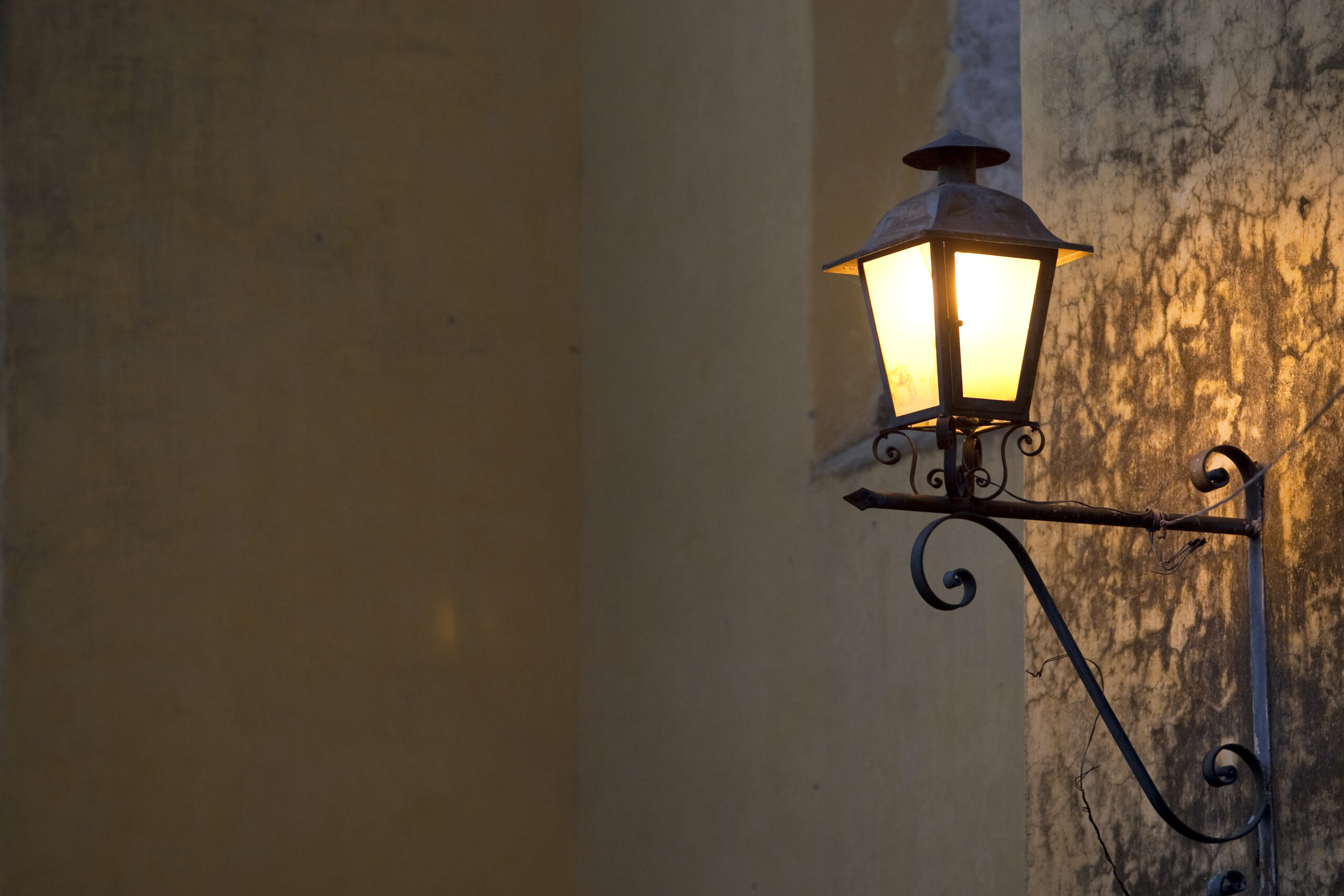Task lighting is an essential aspect of interior design, focusing on providing concentrated illumination to specific areas where activities such as reading, cooking, working, or grooming take place. Unlike ambient lighting, which provides general illumination, or accent lighting, which highlights particular features or objects, task lighting is designed to enhance visibility and improve functionality for …
More-
Task Lighting
-
Calculating Room Light: How Much Brightness Do You Need?
A simple guide to choosing the right lighting levels for every room Getting the right amount of light in a room helps improve comfort, visibility, and atmosphere. Instead of choosing bulbs by watts alone, modern lighting uses lumens to measure brightness. This guide explains how to calculate the light you need based on room size, …
More -
Layered Lighting
What’s the importance of layering light in a space? Layering light in a space is a fundamental design concept that plays a pivotal role in enhancing the ambiance, functionality, and aesthetics of any environment. It involves strategically combining different types of lighting—ambient, task, and accent—to create a well-balanced and inviting atmosphere. This multi-dimensional approach to …
More -
Ambient, Task & Accent Lighting
What is the difference between ambient, task, and accent lighting? Ambient, task, and accent lighting are the three primary types of lighting used in interior design, each serving distinct purposes and contributing to the overall ambiance, functionality, and aesthetics of a space. Understanding the differences between these types of lighting and how to effectively incorporate …
More -
Uplights vs Downlights
Uplights and downlights are two distinct types of lighting fixtures that serve different purposes and create unique lighting effects. Understanding the differences between these two types of lights and knowing where and how to use them can help you create a well-balanced and visually appealing lighting scheme in any space. Let’s explore the differences between …
More -
Outdoor Wall Lights
Outdoor wall lights serve as essential fixtures that not only illuminate the exterior of your home but also enhance its curb appeal, safety, and security. With a wide variety of types, styles, and designs available, outdoor wall lights can complement your home’s architecture, landscaping, and decor. In this guide, we will explore the different types …
More -
PIR & Microwave Sensors Compared
In the realm of motion detection technology, two prominent contenders vie for supremacy: Passive Infrared (PIR) sensors and Microwave sensors. Both offer unique advantages and applications, but their underlying principles and performance characteristics vary significantly. In this comparative analysis, we delve into the workings, strengths, and limitations of PIR sensors and Microwave sensors, shedding light …
More -
Passive Infrared Sensors
In the realm of modern illumination, PIR lighting stands as a beacon of efficiency, security, and convenience. PIR, or Passive Infrared, lighting systems utilise motion sensors to detect heat signatures emitted by moving objects, triggering the activation of lights. This ingenious technology has found widespread adoption in various domains, from residential landscapes to commercial facilities …
More -
Microwave Sensors
Microwave sensor lighting represents a revolutionary advancement in illumination technology, harnessing the power of microwaves to detect motion and trigger lighting responses. This innovative approach offers a multitude of benefits across various applications, from enhancing security to optimising energy efficiency. In this exploration, we delve into the uses and advantages of microwave sensor lighting, shedding …
More








